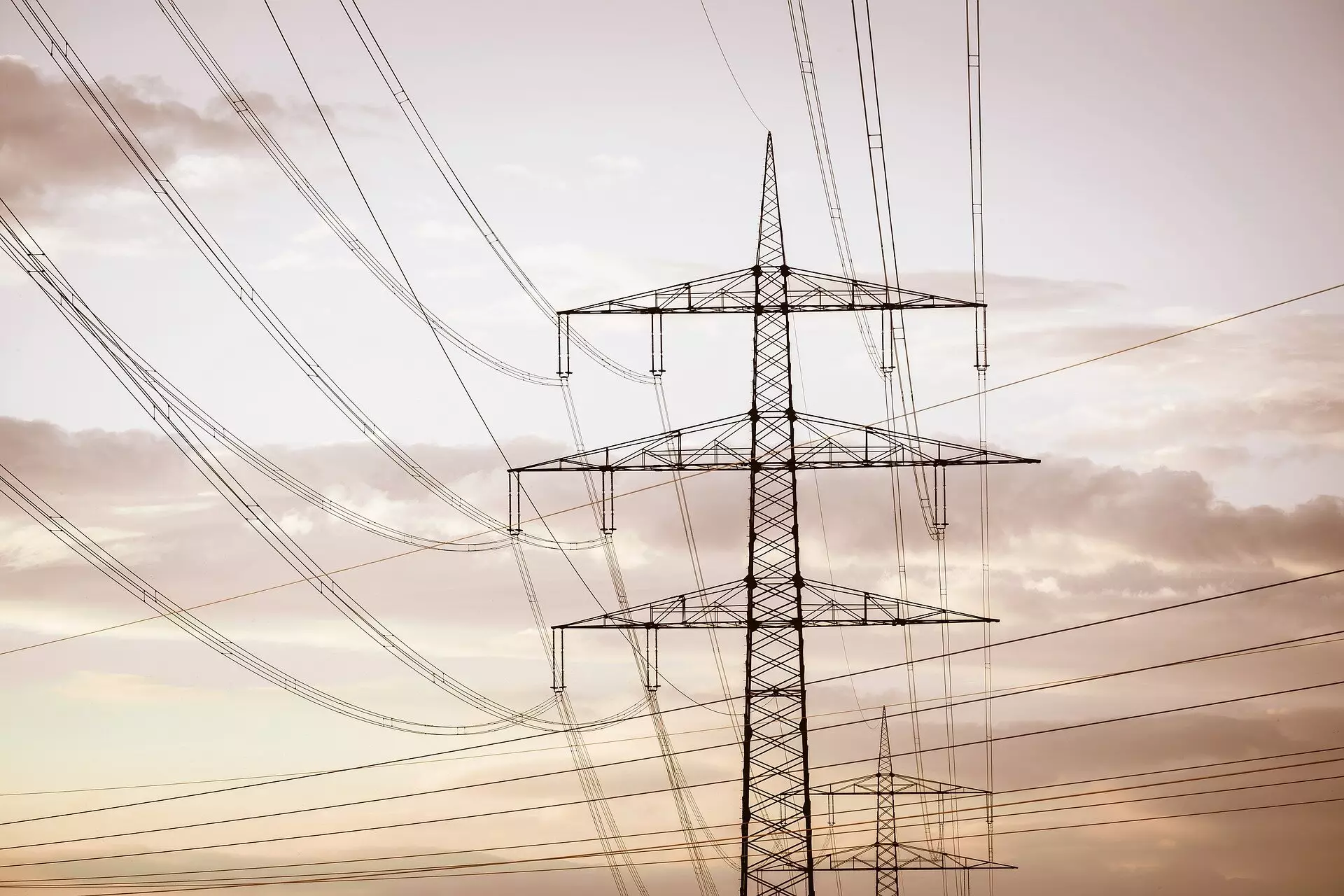The research team from the European Union has set its sights on revolutionizing the electric grid by implementing superconductor technology to enhance efficiency, reduce energy waste, and minimize emissions. Dr. Anders Wulff, the chief executive officer of the Danish superconductor manufacturer SUBRA, recognized the critical role of copper in the current power grid infrastructure and decided to develop an innovative solution. By creating electric cables made of ceramics, a material more commonly associated with coffee cups and plates, the team aims to overcome the limitations of traditional copper-based cables.
The Advantages of Superconductor Technology
Superconductors, materials that conduct electricity without any resistance at low temperatures, offer a promising alternative to copper in electric cables. These high-tech ceramics-based cables minimize energy loss drastically, paving the way for a more efficient and environmentally friendly energy transmission system. By utilizing cost-effective cooling solutions to maintain low temperatures, superconductors offer a sustainable solution to the energy inefficiencies plaguing the current grid. With the potential to reduce energy losses significantly, superconductor technology is a crucial step towards curbing greenhouse gas emissions and combating climate change.
The SUBRA team’s SUBRACABLE project aims to develop scalable and cost-effective superconductor cables that outperform traditional copper cables in terms of energy loss reduction and material usage. By producing prototypes of these innovative cables made with ceramics, SUBRA has already demonstrated a 90% reduction in energy loss compared to conventional copper cables. Moreover, the high-temperature superconductor technology used in these cables eliminates the need for extreme cooling temperatures, making it a more practical and cost-efficient solution for widespread adoption.
Accelerating the Transition to Renewable Energy
The SCARLET project, another EU-funded initiative, focuses on deploying superconducting cables to accelerate the transition to cleaner energy sources. By developing high-temperature superconductors and magnesium diboride-based cables, researchers aim to reduce the costs associated with setting up infrastructure for renewable energy production. The use of superconducting cables in offshore wind farms, for example, can eliminate the need for bulky transformation equipment, significantly reducing installation costs and streamlining energy transmission processes.
Despite the numerous benefits of superconductor technology, the adoption of these innovative cables faces significant market obstacles. The power industry’s long-standing reliance on copper-based infrastructure and established practices poses a challenge for the widespread implementation of superconductor technology. Dr. Niklas Magnusson, a researcher at Norway-based SINTEF and coordinator of the SCARLET project, emphasizes the importance of demonstrating substantial benefits to drive the transition from copper to superconductors in the power grid.
The ongoing research and development efforts in Europe to enhance the electric grid with superconductor technology showcase a promising future for cleaner, more efficient energy transmission. By leveraging innovative materials like ceramics and high-temperature superconductors, the EU is paving the way for a more sustainable and environmentally friendly energy infrastructure. With continued advancements and investment in superconductor technology, the transition to renewable energy sources and the reduction of greenhouse gas emissions are within reach.


Leave a Reply